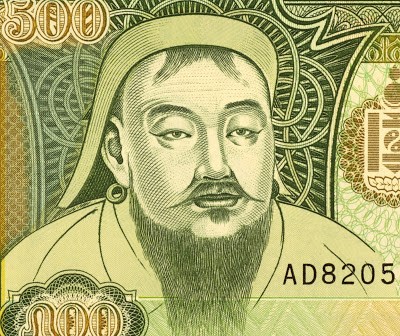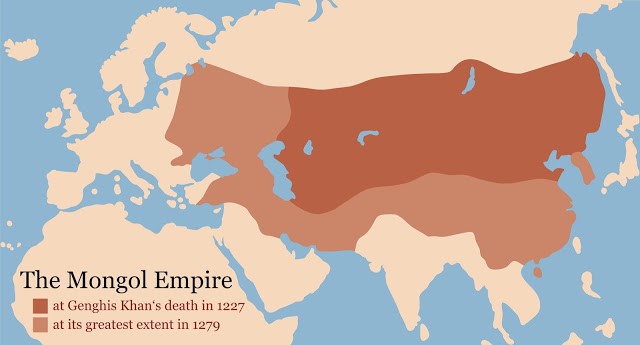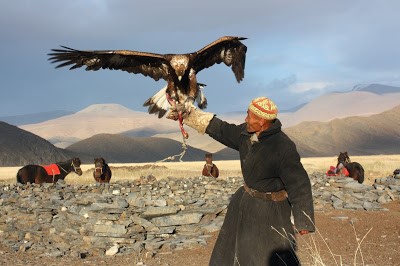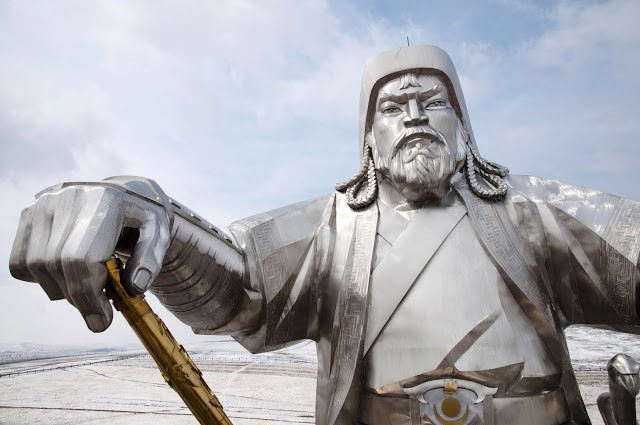Mongolia & Genghis Khan’s Influence
October 17, 2016

October's Coffee with the Curator at the Museum of World Treasures will introduce the history and modern culture of Mongolia, the "Land of the Blue Sky." Wendell Skinner will present this topic on Wednesday, October 20 at the Museum of World Treasures from 9:00 a.m. to 10:00 a.m.
Mongolia is a landlocked sovereign state in East Asia, bordered by Russia borders to the north and China to the south. Though quite large geographically at ~604k square miles, it’s sparsely populated with just 3 million residents. A sovereign state in international law means it is represented by one centralized government that has sovereignty (the right to govern itself without outside interference) over a geographic area.

Mongolia’s independence and status as a sovereign state was in flux for centuries and has only abided by its current constitution since 1992. Mongolia may be most widely known for Genghis Khan, a fierce and brutal chieftain from the 12th century. He swept much of Asia with his military campaigns and formed the Mongol Empire, which existed during the 13th and 14th centuries. The Mongol Empire was the largest contiguous land empire in history and eventually stretched from Central Europe to the Sea of Japan. Genghis Khan (born Temüjin) rose to power by Northeast Asian nomad tribes, then developing the Mongol Empire. His invasions conquered most of what was known as Eurasia (the combined continental lands of Europe and Asia).

Genghis Khan died in 1227 and was buried somewhere in Mongolia in an unmarked grave. His descendants continued to conquer various parts of Eurasia which repeated the large slaughters previously perpetrated in other regions. Though his legacy was filled with violence and, he encouraged religious tolerance and practiced meritocracy. Thus, he is regarded by present-day Mongolians as the founding father of Mongolia.

Photo credit: Georgios Kollidas / Shutterstock.com

Learn more on Facebook about this Coffee with the Curator event. c